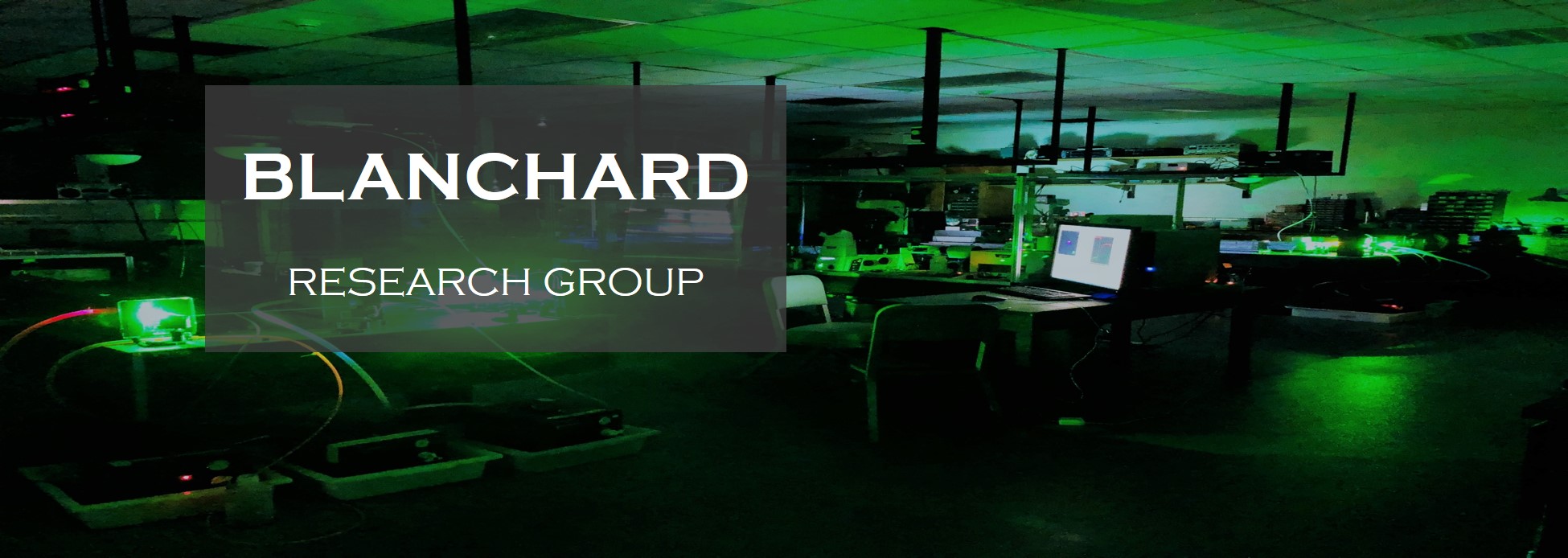Fluorescence
recovery after photobleaching (FRAP) is a fluorescence
microscopy technique that monitors the fluorescence
recovery of chromophore molecules as a measure of the
translational diffusion of a sample, which can range from
biological cells to organic monolayers or bilayers. The
chromophore can either be bound to the sample or diffuse
freely in the sample solution/molecules to measure the
diffusion of different aspects of the sample (e.g.,
amphiphilic headgroup diffusion or tail group mobility,
respectively).
The initial fluorescence of the chromophore molecules in a
specific region of interest (ROI) is measured and used as
the baseline of fluorescence intensity; this is the
pre-bleach period. After this, a high-powered laser is
directed at the ROI and chemically photobleaches the
chromophore molecules in this region. This bleaching
period only lasts for a short amount of time, and a
significant decrease in intensity is observed in the
recovery curve.
The fluorescence recovery of the chromophore molecules is
then measured in the recovery period. Photobleached
molecules diffuse outward, out of the region of interest,
and chomophore molecules outside of the ROI that were not
photobleached diffuse into the bleached region. The
fluorescence intensity of the ROI gradually increases as
it becomes populated with non-bleached molecules and the
intensity eventually reaches homogeneity.
This recovery time is highly dependent on the mobility of
the chromophore molecules in the sample. For a strongly
bound and robust sample, the chromophore probes do not
diffuse quickly, and the fluorescence recovery time is
long. For a fairly fluid and mobile sample, the probe
molecules are able to diffuse easier, and the fluorescence
recovery time is shorter.
Baumler, S. M.
Diffusional Motion as a Gauge of Interfacial
Fluidity and Adhesion of Supported Model Membrane Films.
Ph.D. Dissertation, Michigan State University, East
Lansing, MI, 2017.
|

